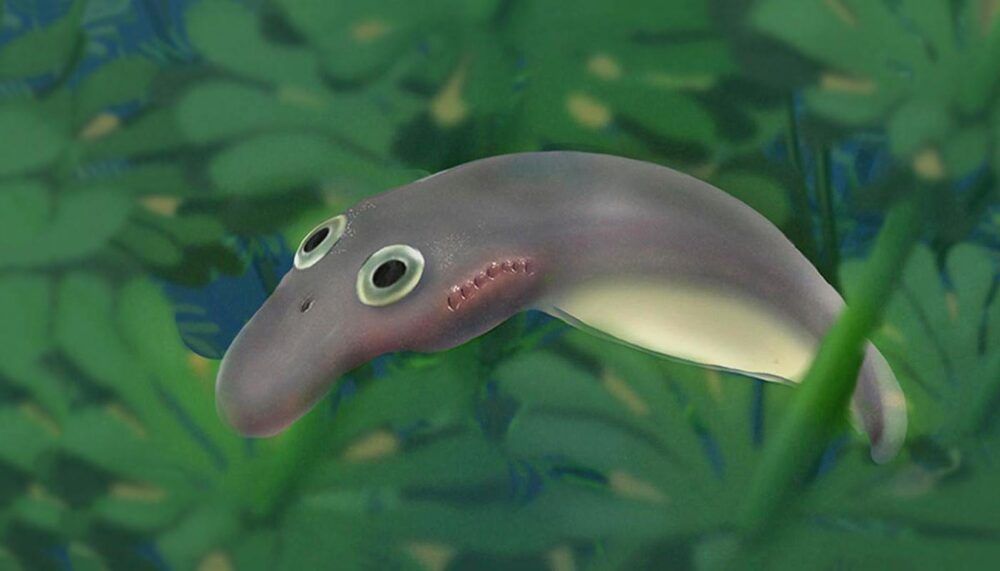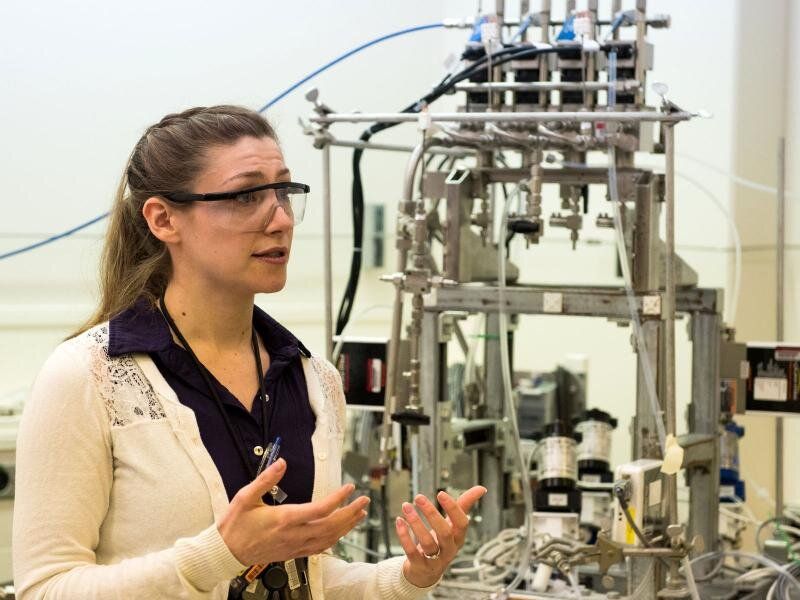A new study out of the University of Chicago, the Canadian Museum of Nature and the Albany Museum challenges a long-held hypothesis that the larvae of modern lampreys are a holdover from the distant past, resembling the ancestors of all living vertebrates, including ourselves.
The new fossil discoveries indicate that ancient lamprey hatchlings more closely resembled modern adult lampreys, and were completely unlike their modern larvae counterparts. The results were published on March 102021, in Nature.
“We’ve basically removed lampreys from the position of the ancestral condition of vertebrates,” said first author Tetsuto Miyashita, formerly a Chicago Fellow at the University of Chicago and now a paleontologist at the Canadian Museum of Nature. “So now we need an alternative.”





